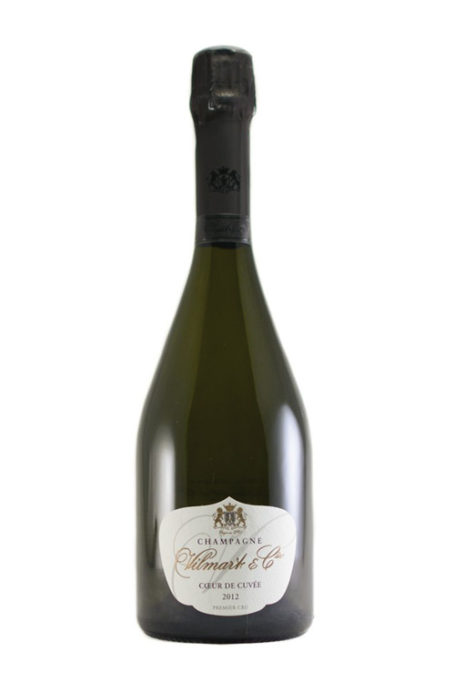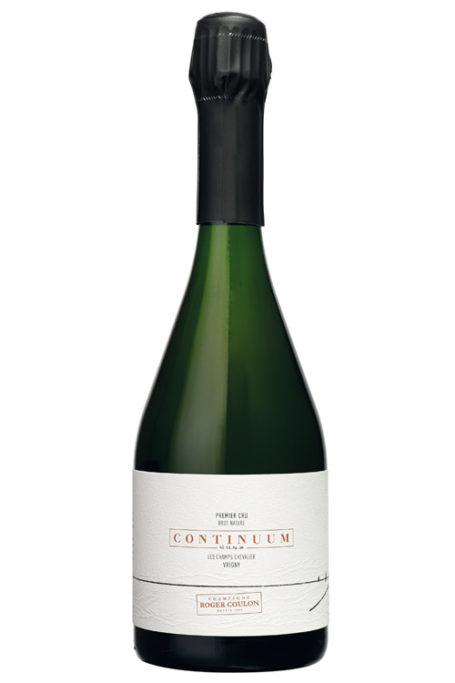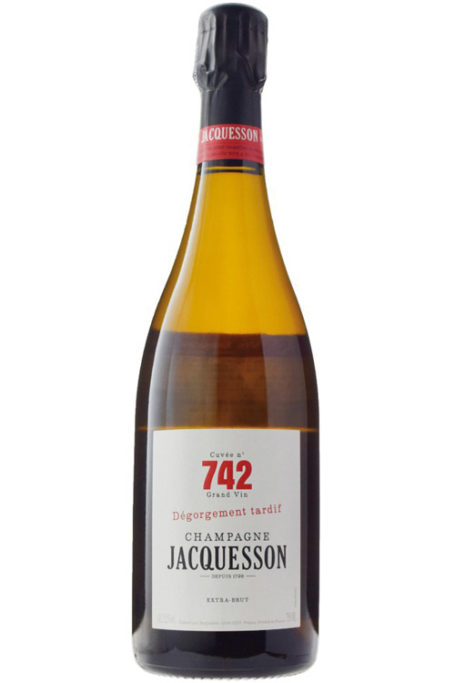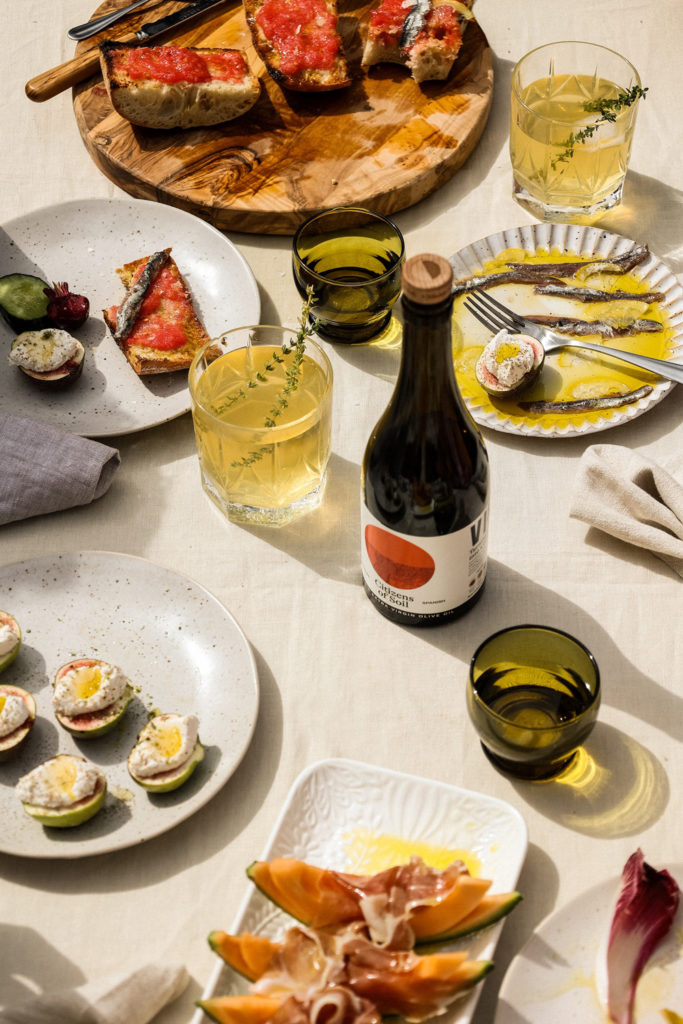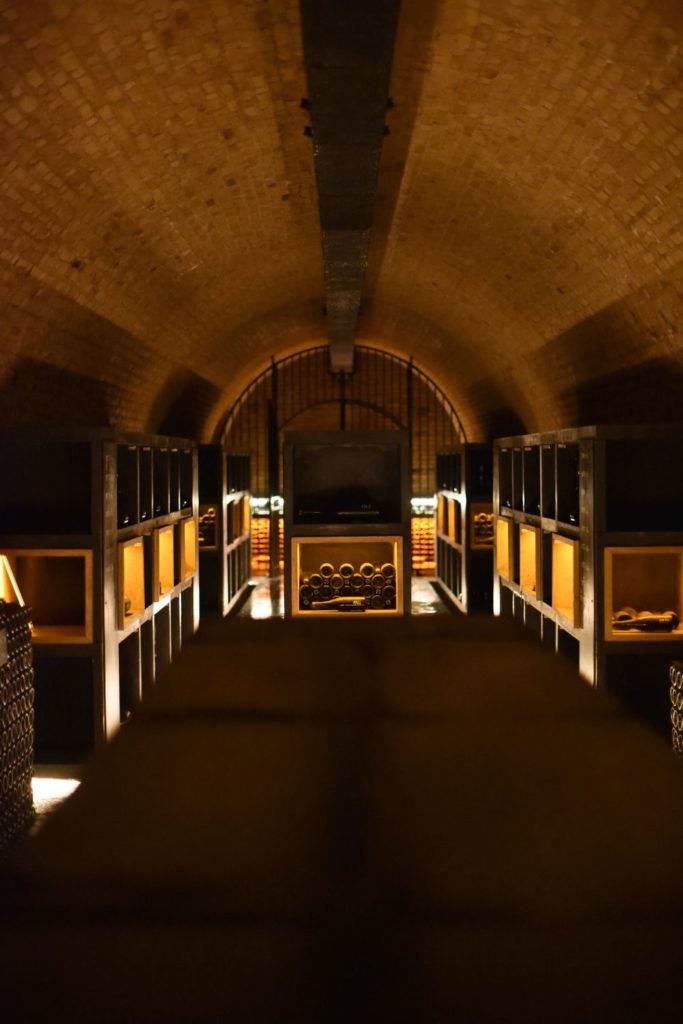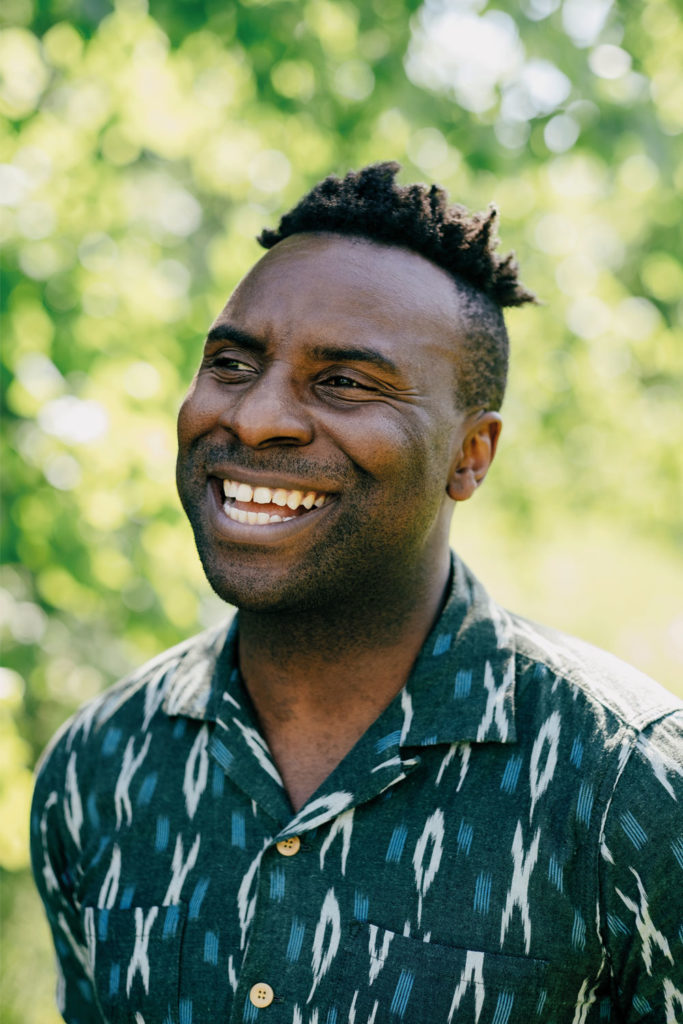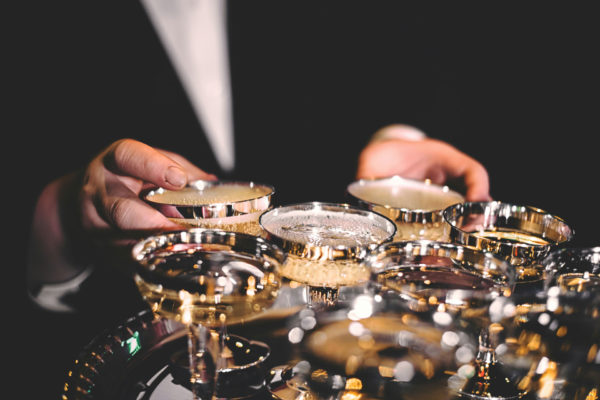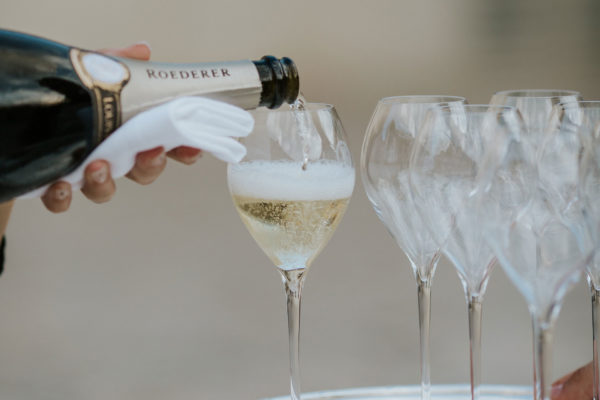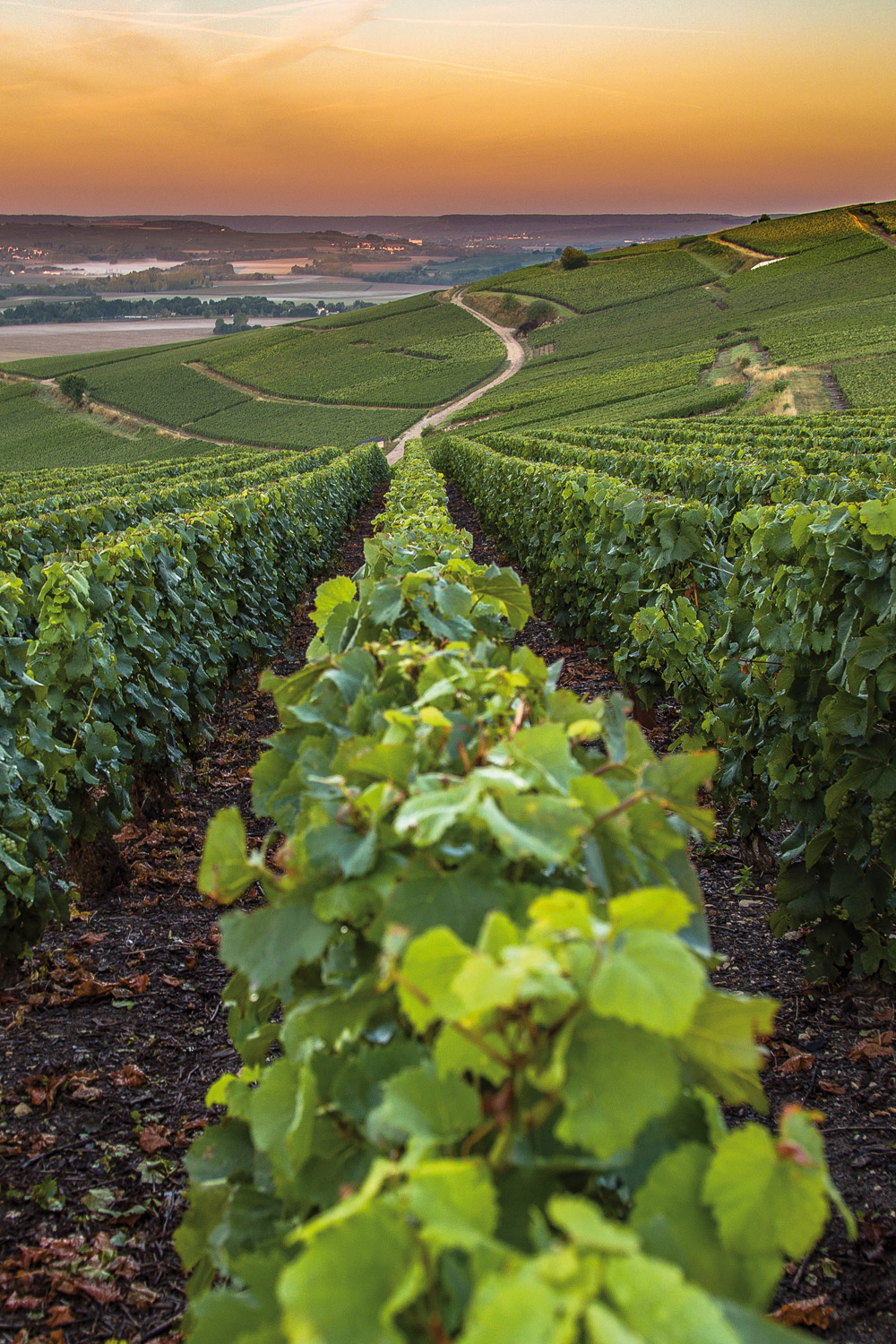
Grower Champagnes Worth Investing In
By
2 months ago
Niche fizz collectors should know about
The allure of Champagne means there is always interest, even in an uncertain market. However, increasingly it’s the ‘grower Champagnes’ that are the focus of collector attention, says Jane Anson
Best Grower Champagnes 2025
Grower Champagnes are wines that sit outside the traditional house system in the region – they are produced by estates, usually single families, that own the vineyards where the grapes are grown, and who oversee the vinification and ageing process in their own cellars. It means the same set of hands will work in the vineyards, picking the fruit and producing the wines. What does that mean in the glass? They tend to show more vintage variation, because they are not selecting fruit from a range of growers, and they are often rooted by a sense of place for the same reason. There’s less consistency maybe, but more heart, great back-stories, and they’re exerting a growing grip on collectors’ imaginations.
Vilmart & Cie
If you’re lucky enough to be located in the Montagne de Reims, you’re likely going long on pinot noir in your Champagne. Which makes the decision of Laurent Champs, fifth-generation owner of Vilmart & Cie, to concentrate on Chardonnay a surprise. This is one of the OG growers, bottling under their own name since Désiré Vilmart began in 1890. The 11 hectares of vines are in Rilly-la-Montagne, where quality and renown has been slowly but surely growing since Laurent took over in 1989, and today is challenging the very best. I have a hunch he’s taken on board the thrilling purity of a crisp pinot-led Champagne, as Vilmart & Cie carries out no softening malolactic fermentation, and its Chardonnay-dominated wines are finessed and elegant. Now joined by sixth generation Thomas, one to seek out. champagnevilmart.fr
Champagne Roger Coulon
Some of the most precise grower Champagnes you can find, from an estate that dates to 1806 in the Premier Cru village of Vrigny. Now run by Eric and Isabelle Coulon, the eighth generation of the family, they have 11 hectares spread across 100 parcels of Grand and Premier Cru vineyards, farmed entirely organically, and each one pressed separately to respect the terroir differences. Now joined by their children Edgar and Louise, who have worked with Philippe Pacalet and Frédéric Cossard in Burgundy, with Tom Schobbrook in Barossa, and Domaine Ott in Bandol. Natural yeasts, spontaneous fermentation, everything either zero dosage or brut nature, with unusual cuvées such as its 100 percent Pinot Meunier Vieilles Vignes and an ungrafted Franc de Pied, there’s a sense of growing confidence at Roger Coulon and its profile is only going one way. champagne-coulon.com
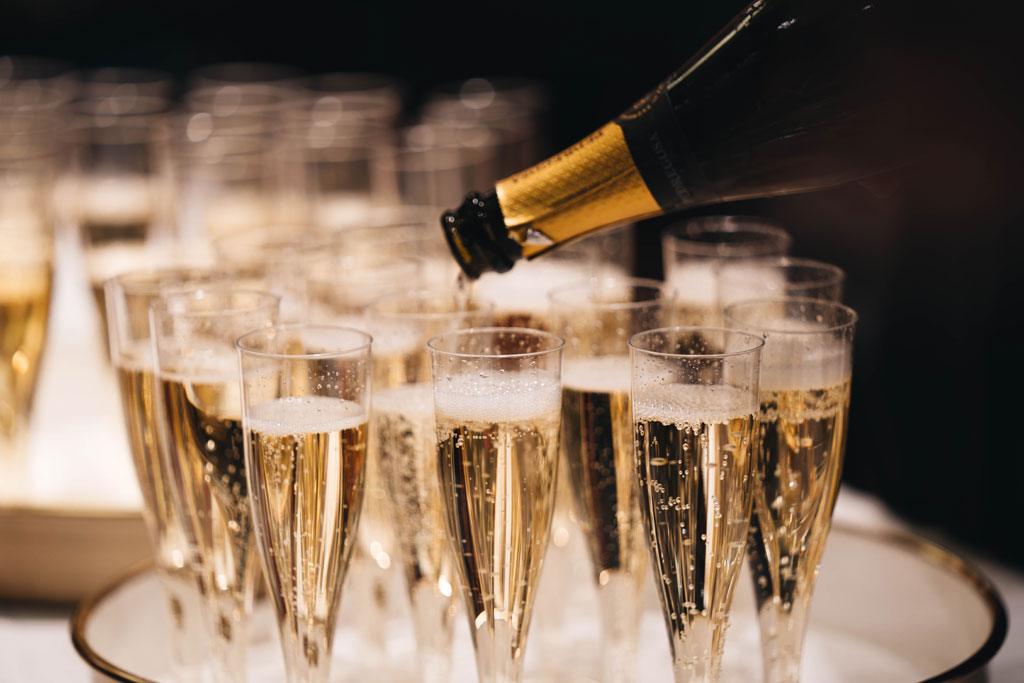
Unsplash
Domaine Elise Bougy
Anyone who wins the LVMH Prix des Artisanes is bound to get a burst of recognition from the industry, and 38-year-old Elise was awarded this honour back in 2021. Four years on and she’s representing much of the buzz in this category right now. Get on board with her exciting Champagnes, both inside and outside the bottle (where everything is detailed, from the number of bottles produced to the disgorgement date, with hand painted labels by artist friends). Since returning in 2016 to her three-hectare century-old family estate, set across the Côte de Blancs, she set about transforming the viticulture and winemaking practices, switching to organic and biodynamic farming, and stripping back winemaking to ensure the purest expression in her wines.
Maison Jacquesson
Strictly speaking, Jacquesson is no longer a tiny grower Champagne. It’s owned by Artémis Domaines (itself owned by François Pinault of Kering and also including Château Latour). But it’s the one that really kicked off the excitement around the niche – and its story is hard to beat, forming a bridge between the two worlds of Champagne. Founded in 1798 by the Jacquesson family, it was reportedly the favourite Champagne of Napoleon, and the place that invented the muselet, the small, wired cage that surrounds the corks of pretty much all sparkling wines worldwide. It almost slipped entirely from view during the 20th century, until bought in 1974 by Jean Chiquet. His sons, Jean Hervé and Laurent Chiquet, introduced organic farming, fermenting in oak barrels and focusing on single-vineyard, terroirbased bottlings, with a smaller footprint of vines farmed entirely by them. It took a moment for the new style to be understood but it created a sense of momentum still reverberating through the region today. champagnejacquesson.com
Champagne Marc Hébrart
Tucked away the Vallée de la Marne, second-generation grower Jean-Paul Hébrart is known locally as the King of Pinot, and oversees 14.5ha of exclusively Grand Cru and Premier Cru vineyards. He has been joined by his son, Guillaume, who spent a year studying sparkling winemaking in Tasmania, gaining experience in one of the most exciting sparkling wine regions of the southern hemisphere, and is now back at the family estate. I’m going to squeeze in an extra choice here, as Jean-Paul’s wife, Isabelle Diebolt, owns Diebolt-Vallois in Cramant, another fabulously talented grower-producer who concentrates largely on Chardonnay.
TRY IT: The Bottles To Buy Now
Vilmart & Cie Blanc de Blancs Les Blanches Voies 2013
Known for its ability to age, which is key to smart wine investment, this 100 percent Chardonnay is from Premier Cru vines aged in 228-litre Burgundy barrels for 10 months, followed by 84 months on lees before disgorgement. £171.46
Roger Coulon Continuum Les Champs Chevalier Vrigny Premier Cru
Stunning, unmissable wine from Chardonnay and Pinot Meunier plots in Vrigny, 48 months on the lees before disgorgement, tiny production, Brut Nature.
£98.95
Domaine Elise Bougy Les Coullemets Blanc de Blancs B20
Chardonnay from the plot Les Coullements in Mesnil-sur-Oger, which once belonged to Elise’s grandmother Marie-Louise Moriest, with pure chalk soils. More correctly this is NV but based on the 2020 vintage, with 15 months ageing in 600 oak casks.
Approx £162 (€189)
Jacquesson 742 Dégorgement Tardif
Brut nature with 0.5g/l residual sugar, this is Chardonnay and pinot noir, based upon the 2014 vintage, aged for 96 months on lees until late disgorgement in April 2023. It’s a serious, gourmet, explosive glass.
£70
Marc Hebrart Aÿ Grand Cru Noces de Craie 2019
A 100 percent Pinot Noir from five plots across the Grand Cru village of Aÿ (Cheuzelles, Longchamps, Pruche, Chaffour and PierreRobert).
£70

